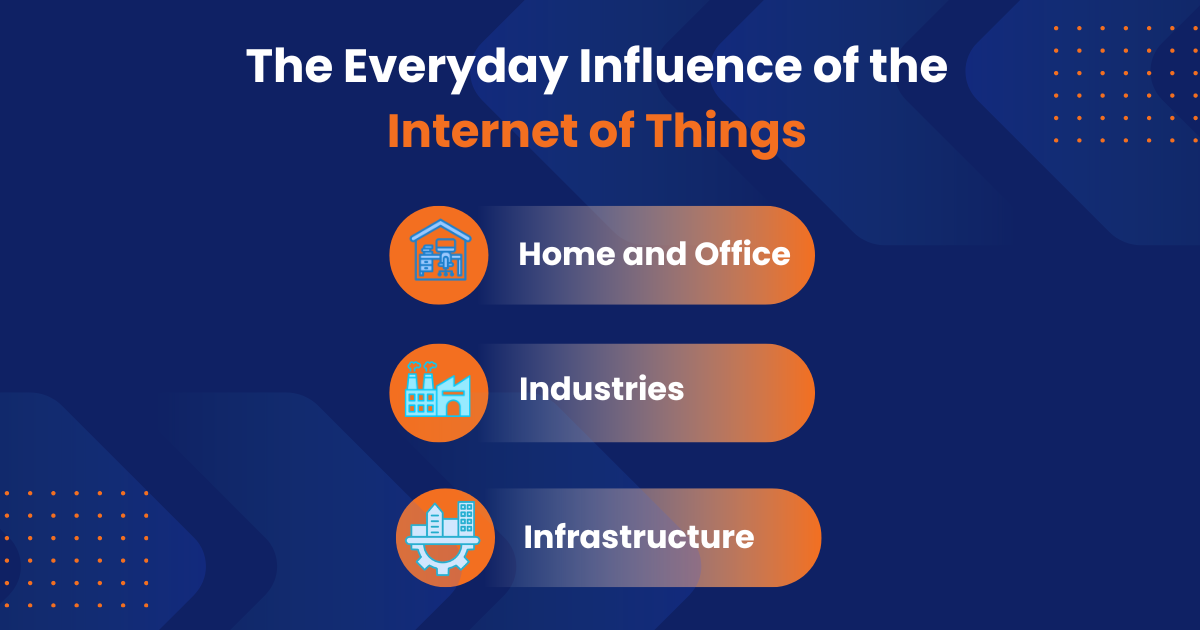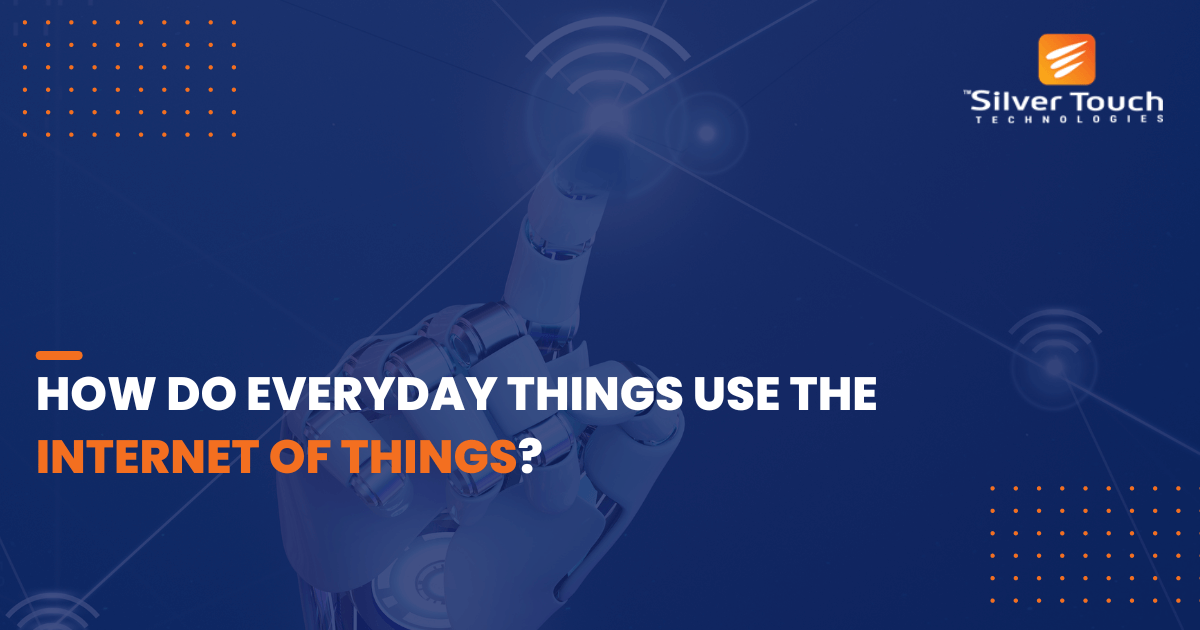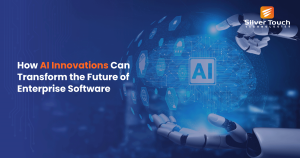Saying that the 21st century is the internet era would not be incorrect. Every aspect of human existence, from intimate relationships to career advancement, depends on the internet and its accompanying technologies. According to studies, 50 billion devices will be connected to the cloud and one another by 2050. Therefore, every detail of our personal and professional lives will undergo a transformation. We may comprehend the digital of Things within this framework of “internet inundation.” The Internet of Things, or IoT, is a phenomenon that allows any device with an on/off switch to be connected to the internet. IoT, to put it simply, is a matrix that connects all objects to the internet. Therefore, the internet acts as the intermediary via which devices communicate with one another. From smart ovens to self-driving cars and automatic curtains, the IOT digital transformation is paramount and unrivalled.
It is important to understand that enterprise and consumer applications are the two main uses of IoT services. Consumer IoT products are focused on direct consumer use, as the name implies. Consumer IoT is exemplified by the majority of smart products that are rapidly entering the market. Instead, commercial IoT Software makes it possible for businesses to receive priceless information about their assets in real-time, eliminating the need for laborious tracking, research, and guesswork. After discussing the fundamentals of IoT, let’s examine how it operates.
How Does IoT Work?
The important concept behind the Internet of Things is that an object or device with devices built in is connected to an best IoT Platform, which uses analytics to combine data from several devices and deliver the most useful information in apps catered to particular requirements. Robust IoT platforms have the ability to pinpoint exactly which data is unnecessary and useful. They can utilise the extracted data to detect patterns, give recommendations, identify possible problems before they emerge, and likewise. The basic operation of the Internet of Things makes one of the following goals possible:
- Help people make smart decisions
- Automate tasks
- Elevate sales
- Identify fault lines
- Provide real-time information
- Save time
The Everyday Influence of the Internet of Things

Home and Office
Although the home IoT space is still in its infancy, in the years to come, its impact will grow. The most well-known Internet of things (IoT) gadget for homes is most likely Google’s Nest thermostat, which learns from users’ lifestyles to identify the best temperature and energy-saving settings. Still, there’s no doubt that these gadgets will soon proliferate in our homes and on the market. Energy-efficient appliances with IoT have started to be used in a variety of workplace environments in an effort to save costs and raise sustainability ratings.
Industries
Another common application of IoT in the industrial sector is visible. According to statistics, you may minimise maintenance costs by thirty percent and prevent breakdowns by seventy percent by utilising IoT for predictive maintenance.
Infrastructure
IoT can provide sensors to gather data from various infrastructures, such as buildings and bridges, to anticipate maintenance requirements before fractures and collapses happen. As a result, IoT can significantly contribute to the development of urban infrastructure and help stop man-made disasters like building and bridge collapses.
One example of how IoT is being used in daily life is the self-driving automobile. We will witness the impact of IoT in traffic management in addition to these astounding and dazzling applications. For instance, parking sports will guide potential users to the area using sensors rather of needing to personally drive through each street.
Hence, we can see how does IoT work. In a nutshell, it would not be erroneous to assert that IoT will revolutionise our lives in the next twenty years. Therefore, you should hop on the IoT journey early and visit Silver Touch Technologies UK for innovative solutions.





